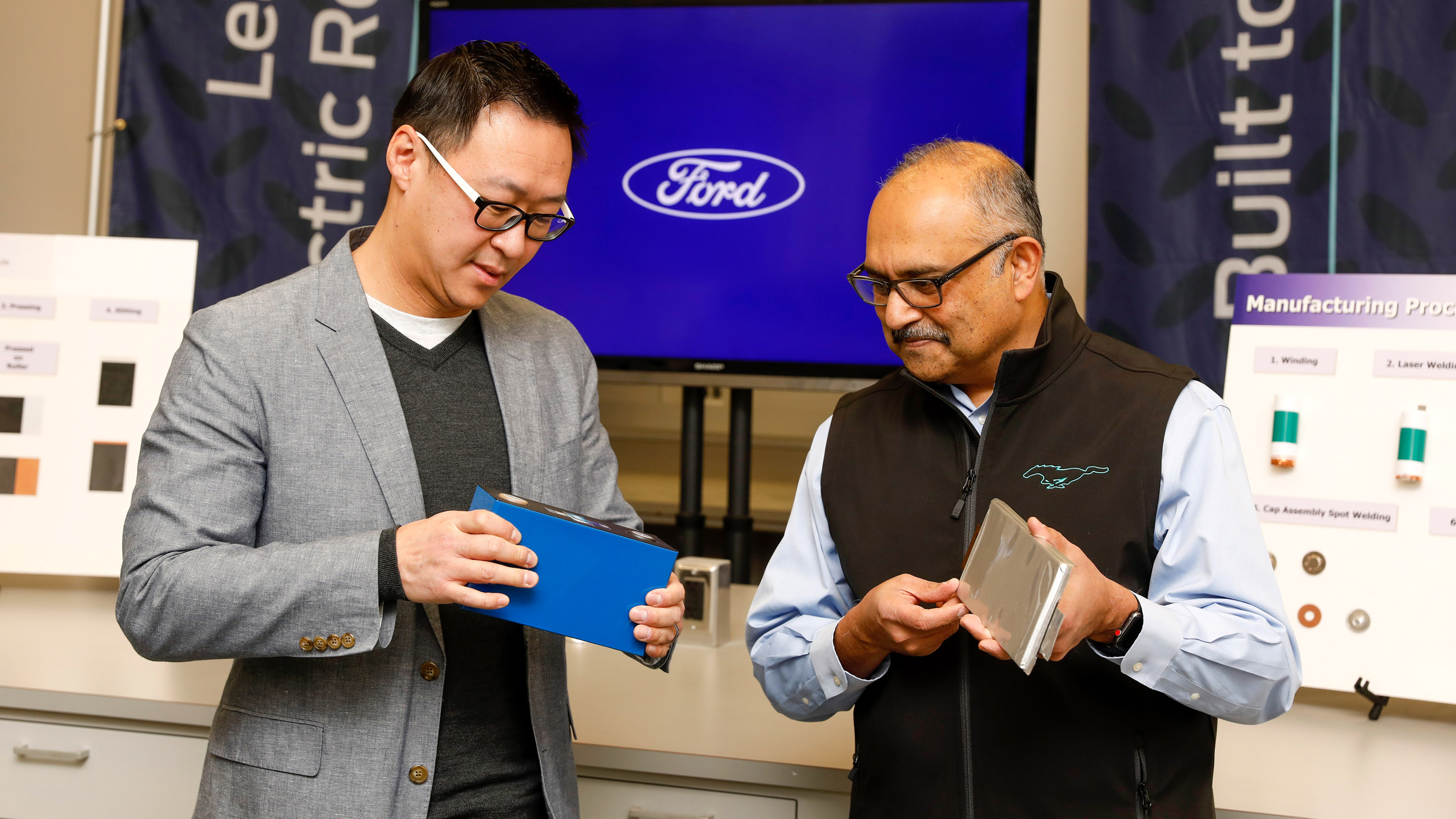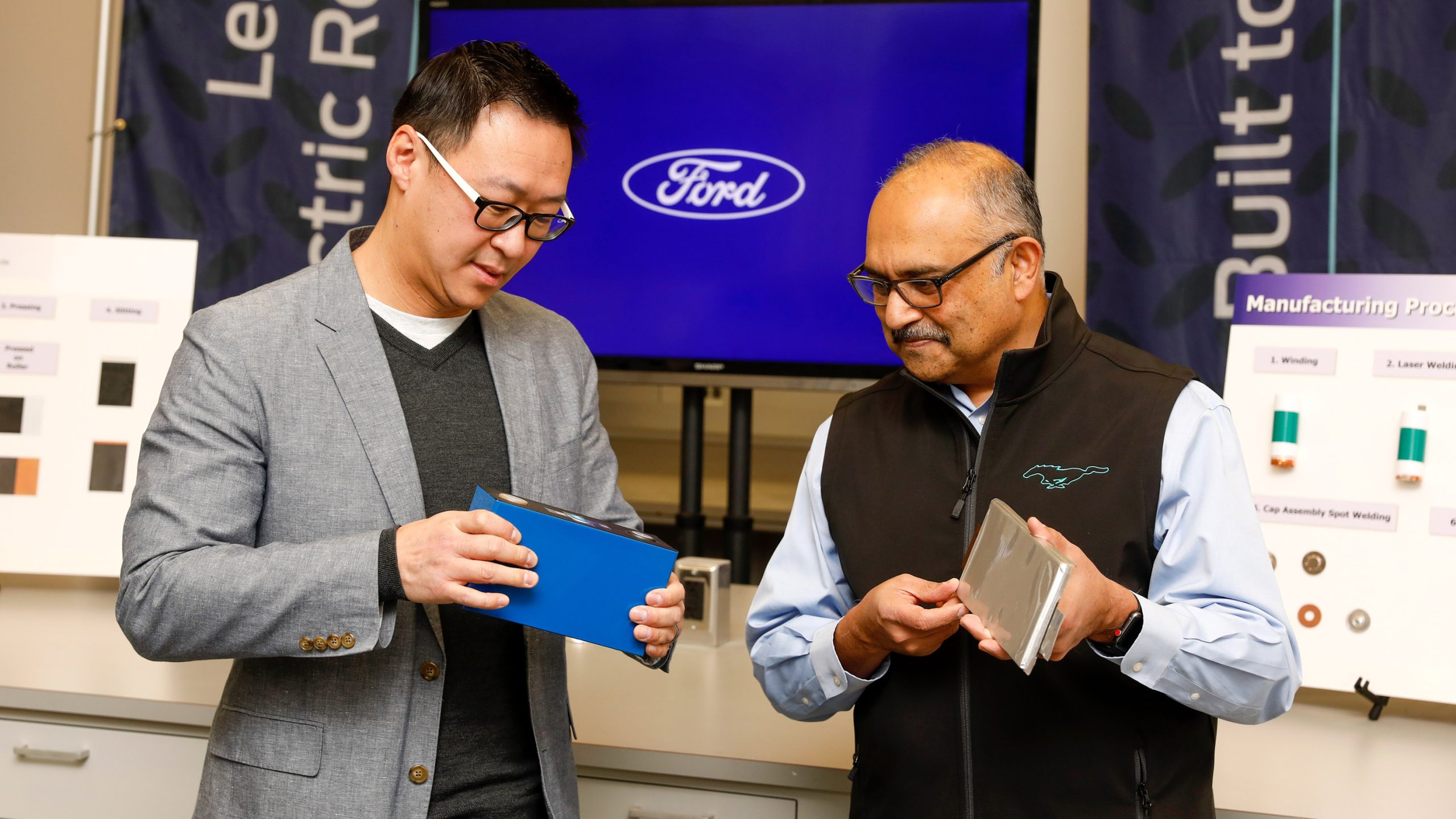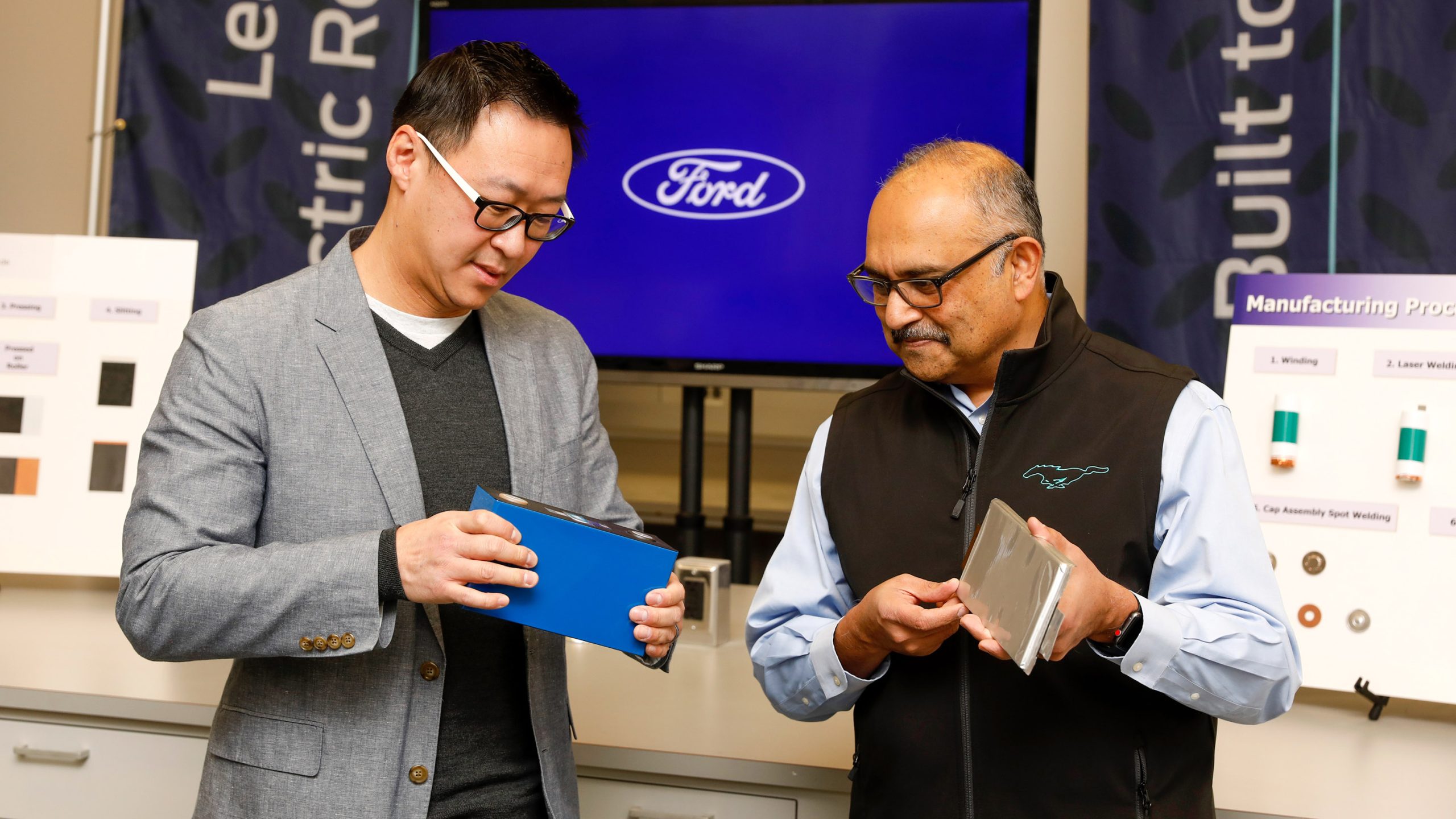
When hydrogen will help climate change—and when it won’t.
What if hydrogen grew on trees?
Okay, not trees exactly, but what about underground? This story, published last week in Science, digs into the possibility of naturally occurring hydrogen.
Hydrogen isn’t something that’s considered to be widespread in nature (look at all those intense ways we’ve come up with to make it!). But some researchers are starting to change their minds about just how plentiful it might be.
A few exploratory wells have turned up pretty clear streams of hydrogen, and now people are starting to search for reserves across Australia, Africa, and Europe. As for why we hadn’t found it before, hydrogen wouldn’t occur in the same places as oil and gas, and not many people would have gone looking for it in the past. (Natural hydrogen is sometimes given the color “gold,” by the way.)
The wild thing is, this hydrogen might actually be a renewable resource. That’s because reactions that make it may occur naturally underground when water reacts with rocks. It could be pretty inexpensive to extract, too. There are a lot of questions left before we give up our electrolyzers, but it’s really interesting to see the hydrogen rainbow add yet another color.
If you’ve had trouble keeping all these colors straight, you’re not alone. At the end of the day, the most important thing to know isn’t what nickname is assigned to a particular hydrogen source, but what the resulting emissions are. But if you want a rainbow reference, here’s a chart!
Note that this isn’t a complete list, and there may be alternative definitions for some colors.
Green hydrogen was one of our 10 Breakthrough Technologies in 2021—check out this feature for more on what’s at stake and what it will take to make it a reality.

Another thing
New batteries are coming to the US. Ford announced last week that it plans to build a factory in Michigan that will produce a type of lithium-ion battery made mostly in China today. These batteries could unlock cheaper, longer-lasting electric vehicles in North America. Read my story for more on the technology and what’s next for this factory.

